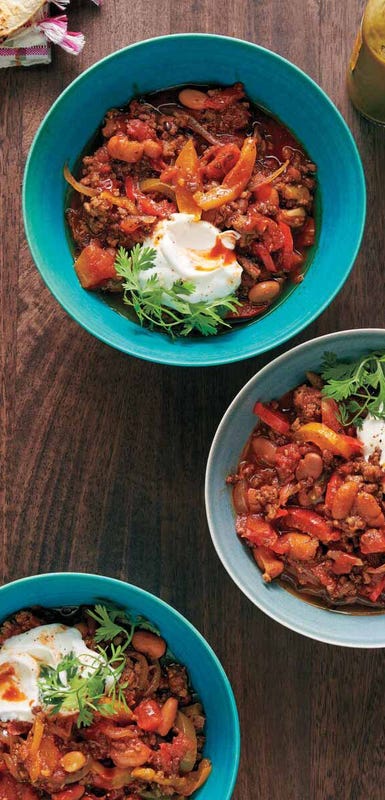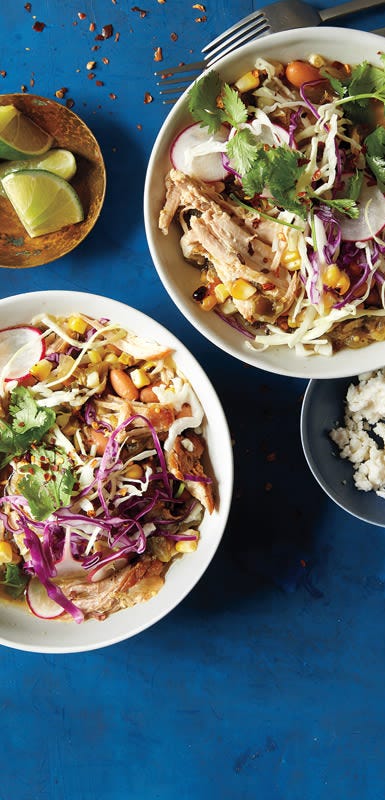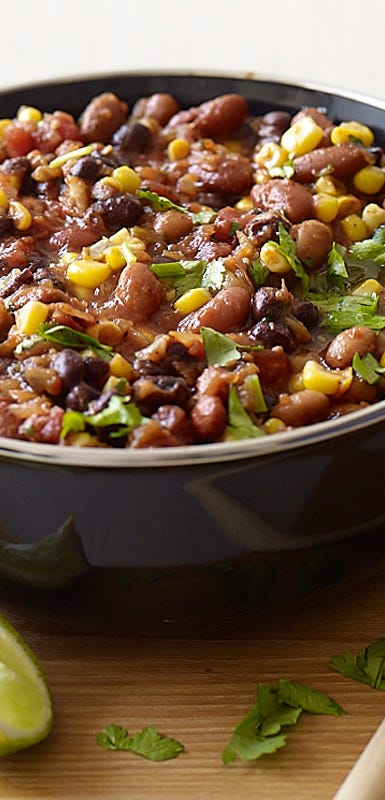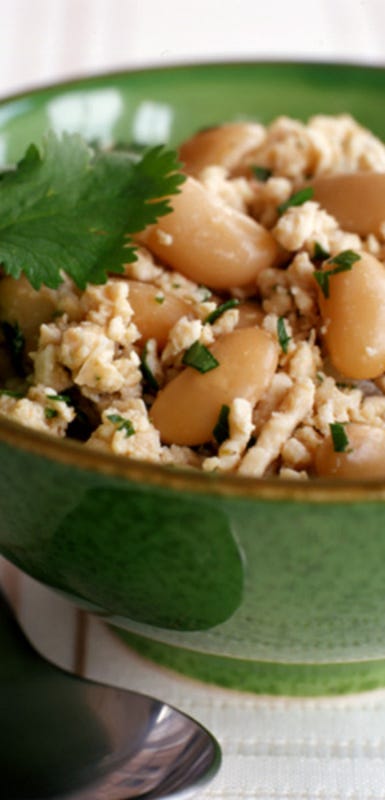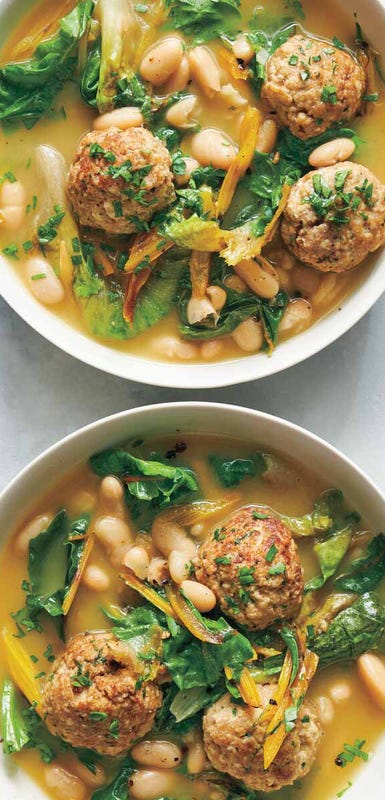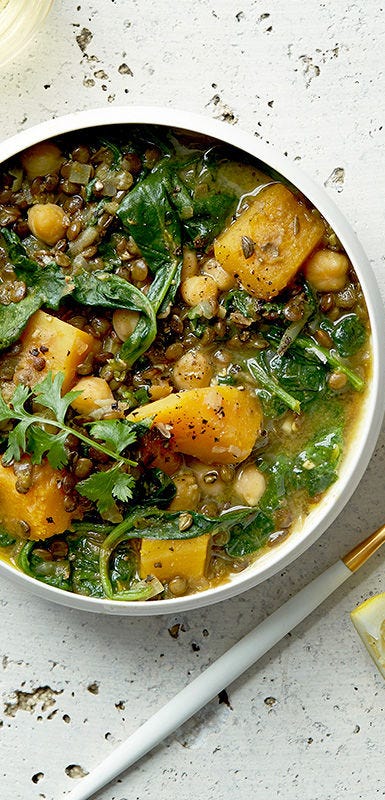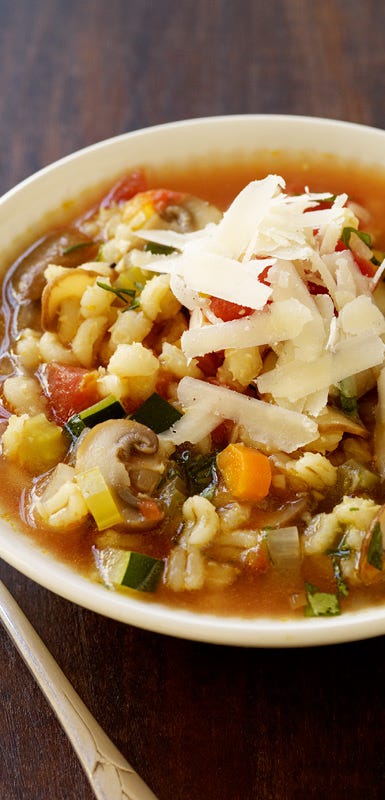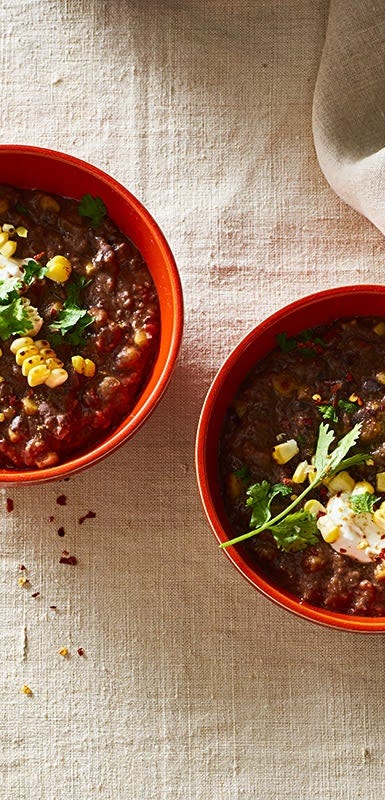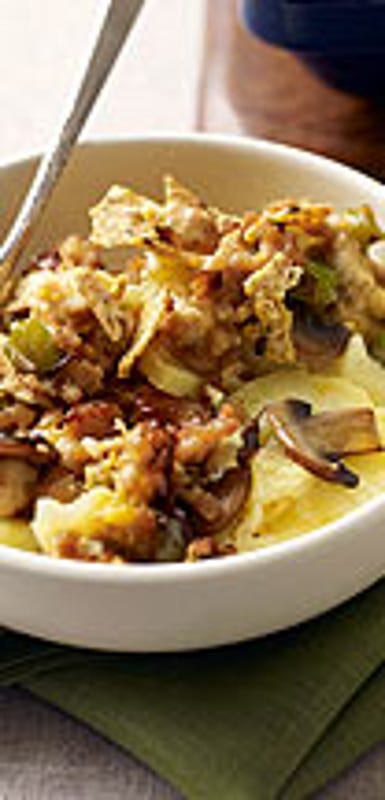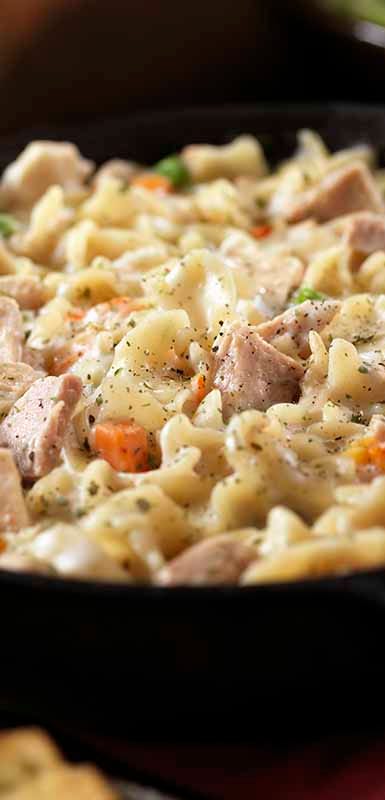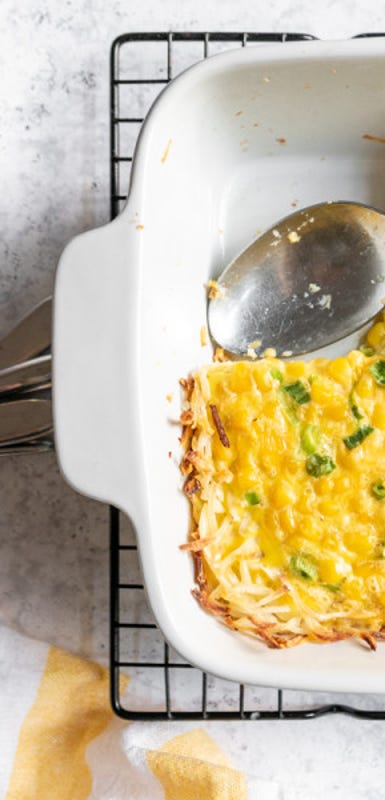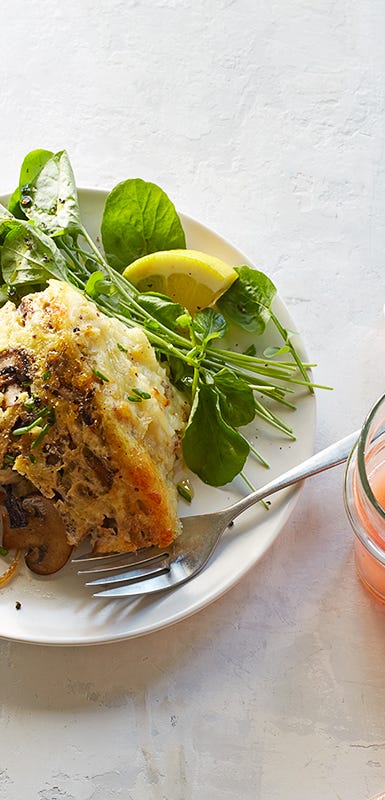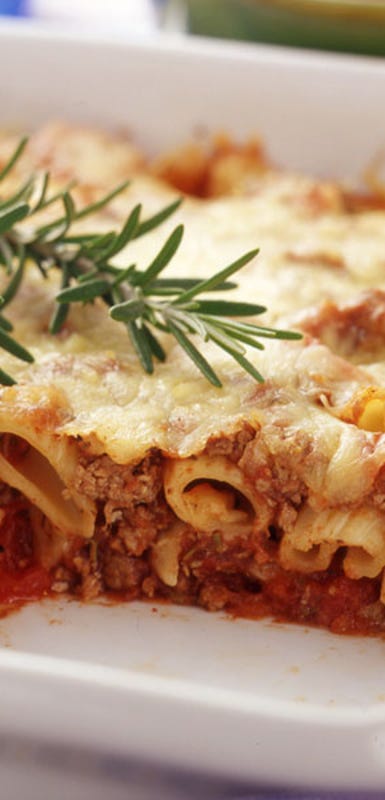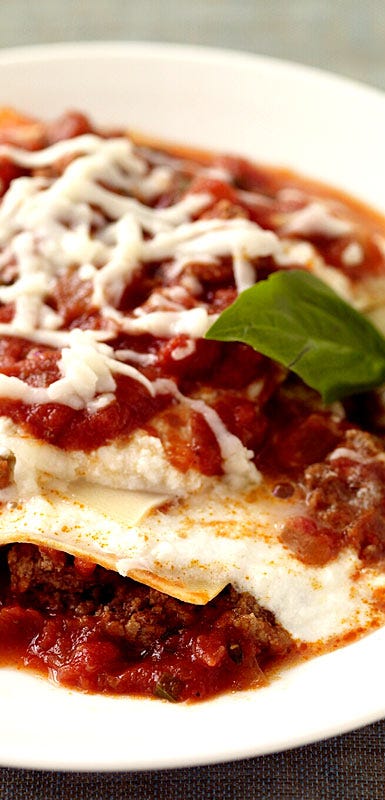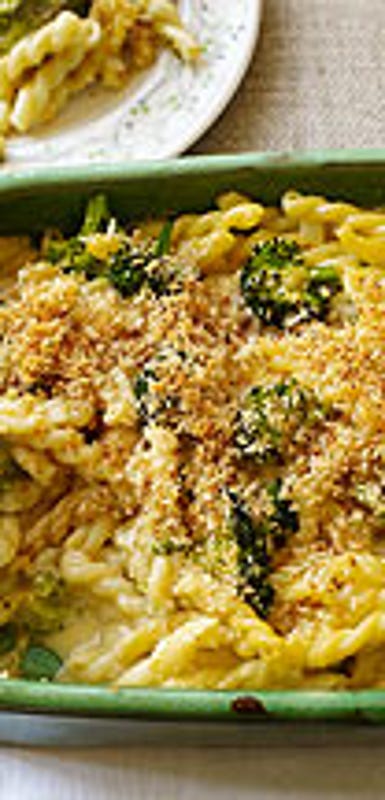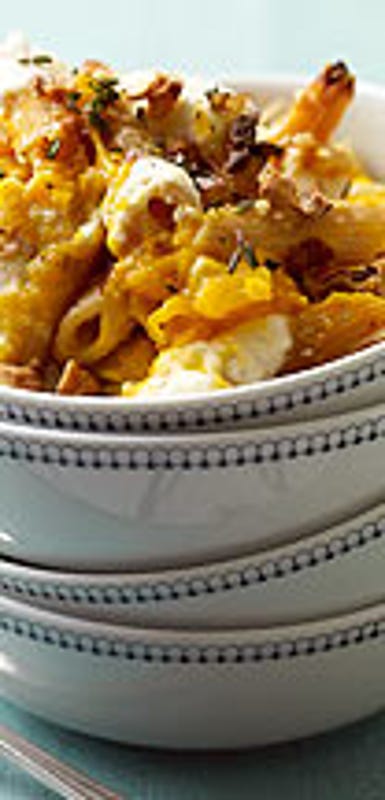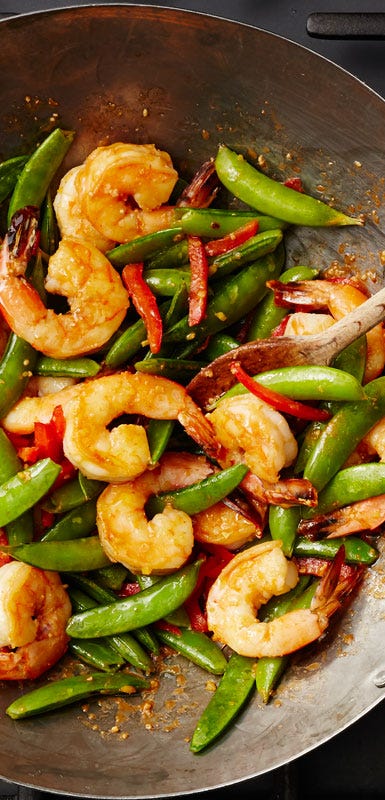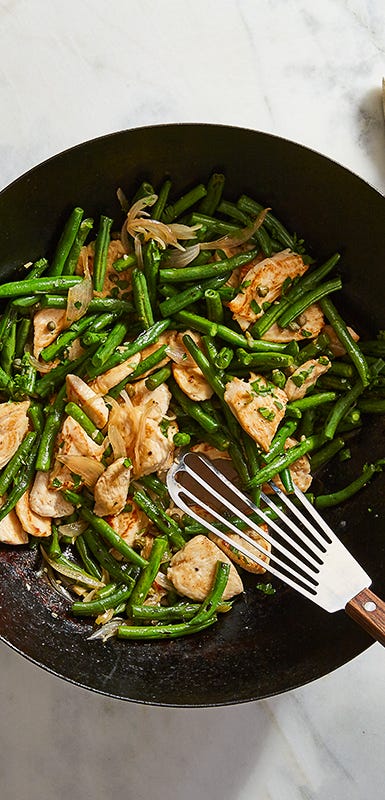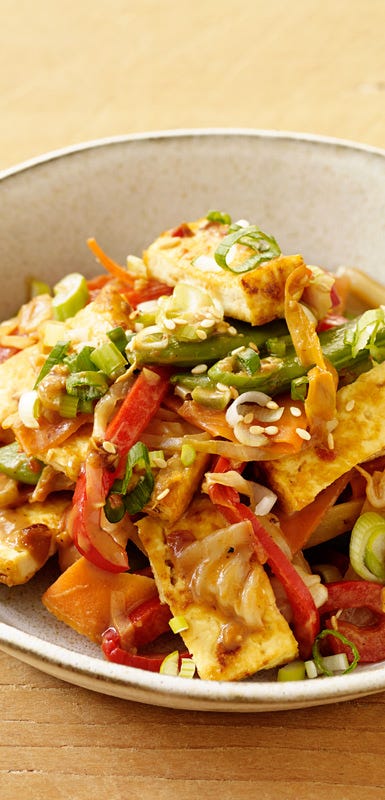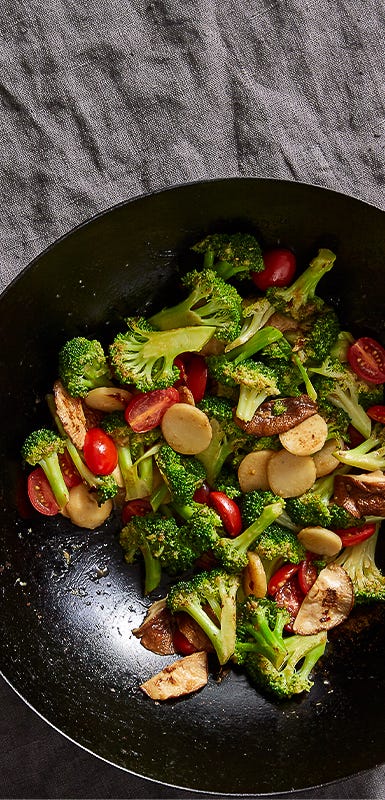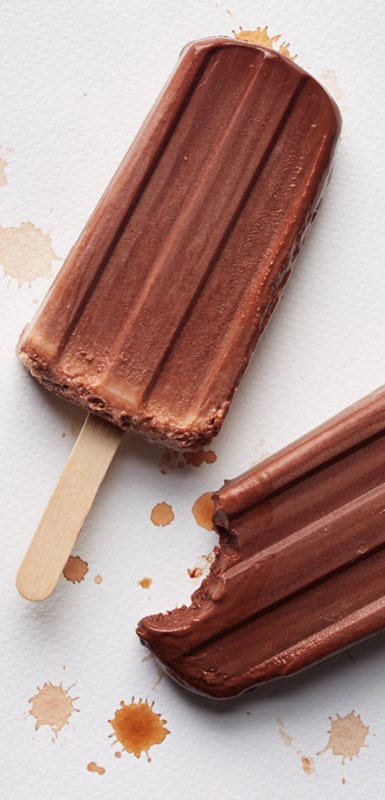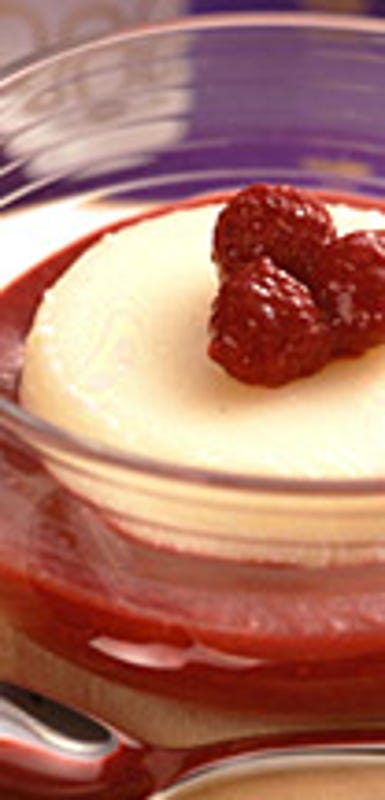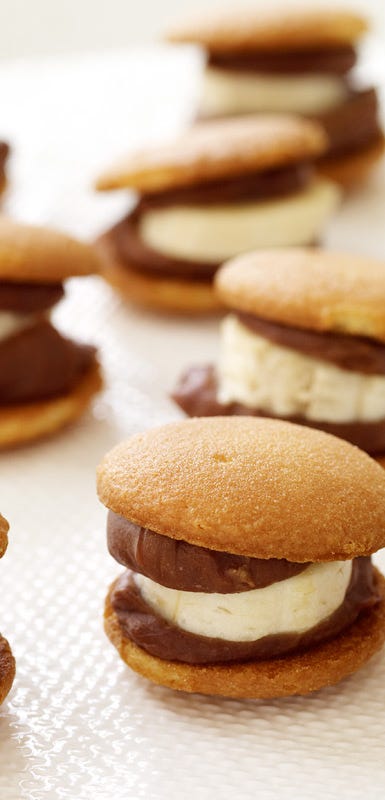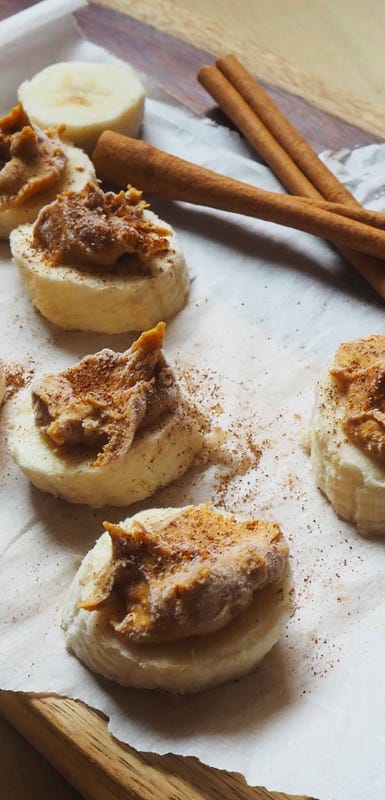Everything you could possibly want to know about freezer-friendly meals
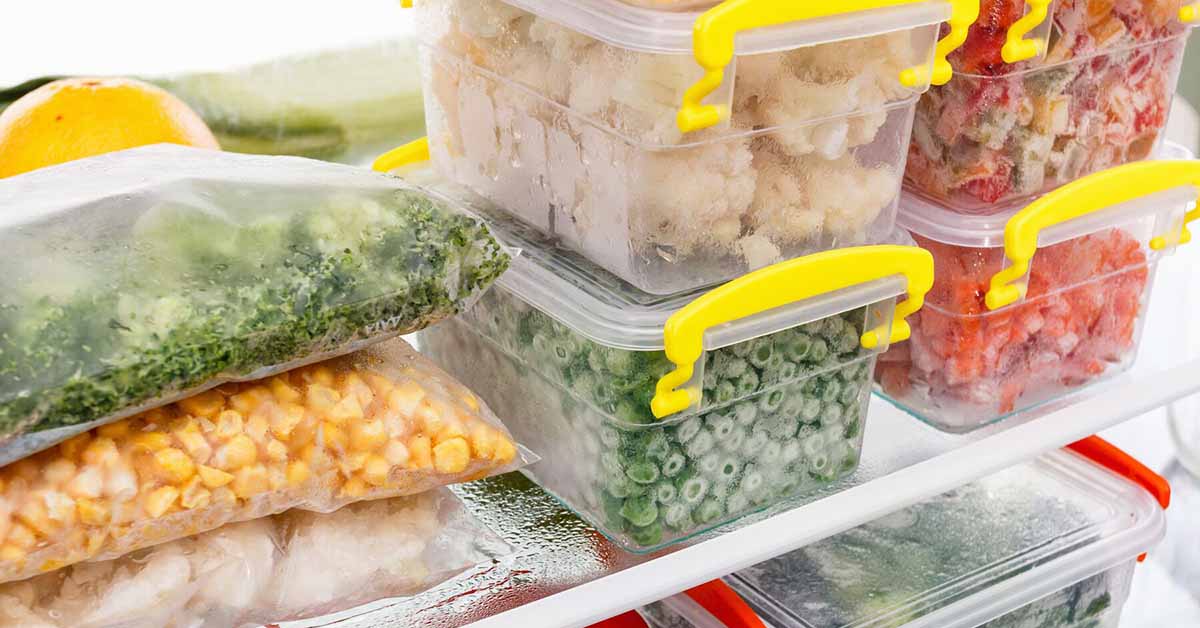
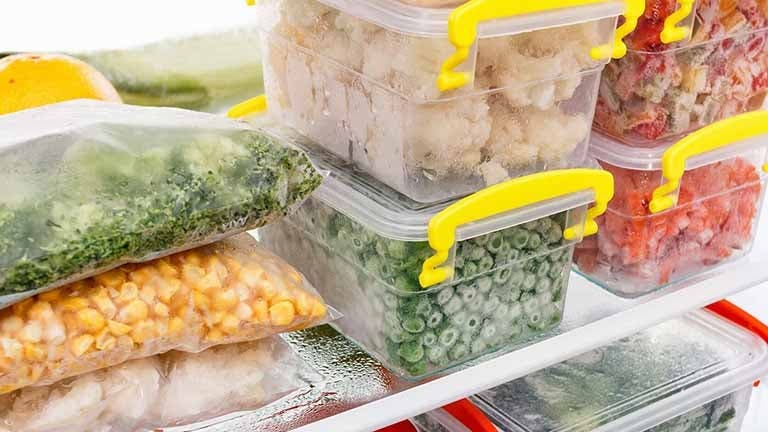
When you hear the phrase “frozen meals,” you might think of flimsy TV dinners sold in cardboard packages. Happily, it’s time to reconsider. You can stock your freezer with delicious, Points-friendly dishes—and they’re a snap to make yourself. All it takes is a little know-how (and recipe inspo) to take your reheat-and-eat game to the next level.
Plenty of recipes lend themselves to icy conditions. Soups, stews, chillies, casseroles, stir-fries, and pasta bakes are some of the many big-batch options that don’t easily dry out when defrosted or reheated. Follow along as we run through everything you need to know to make your own frozen dinner winners.
Start with one of these 20 delicious, freezer-friendly recipes.
Chili
Freezers intensify the heat of some spicy ingredients, so if you have got a delicate palate, go light on the red pepper flakes and hot peppers. You can always add some to taste once you ladle out a bowl.
Soups and stews
If possible, avoid freezing leftovers with garnishes such as grated cheese, yogourt, and herbs. You want these ingredients to impart a fresh pop of flavour to your meal, so they’re best to add just before eating.
Casseroles
Baked pastas
Stir-fries
Next, follow these tips for freezing your leftovers.
Cool food to room temperature, leaving out for no more than the safe limit of two hours. For large dishes that retain heat—such as casseroles—divide into smaller, freezable containers to encourage faster cooling.
- Choose containers that close tightly; sealing out air prevents ice crystals from forming. Plastic zip-top freezer bags, quart- and pint-size takeout containers with lids, tightly wrapped aluminum pans, glass jars with screw-on tops, and reusable hard plastic food containers all are good options. Own a vacuum sealer? Use it!
- When transferring liquid-based dishes such as soup or stew to freezable containers, leave an inch or two of space at the top, as liquids expand as they freeze.
- Use a permanent marker (and stick-on label, if you like) to note each container’s contents and their date of preparation. When properly frozen and stored, fully cooked food generally retains its quality for 3 to 6 months.
- If possible, place containers in the freezer in a single layer, to encourage quick freezing. Once contents are fully frozen, feel free to stack containers to make room for other items.
When you’re ready to thaw and reheat, here’s what to do.
- Defrosting a day ahead of time is ideal. Thawing food overnight in the refrigerator ensures its temperature stays in the safe zone, under 40℉. (To prevent foodborne illness, never defrost food at room temperature for longer than two hours.)
- If you haven’t planned ahead, a microwave might be helpful. Most microwaves have a defrost setting that can thaw and heat small quantities of frozen food in minutes. Just make sure your container is microwave-safe.
- “Piecey” dishes such as stir-fries also reheat well in a nonstick skillet over medium-low heat. Add a few drops of water for moisture if needed.
- Casseroles and pasta bakes are especially easy to warm up—simply heat at 350℉, covered, until warmed through. Figure 20–30 minutes for food that is already defrosted; an hour or so if starting from fully frozen.
- To reheat soups—including chili and stew—start by submerging the sealed, frozen container in a bowl of hot water for 10 minutes. This will thaw the outermost edge on the frozen block. Then, tip the container over a saucepan or pot, letting the frozen mass slip in. Warm over low heat, breaking up frozen chunks with the back of a wooden spoon, until simmering.
And since you made it this far: Enjoy an icy dessert.
A healthy stash of freezer sweets is a delicious alternative to ice cream. Keep frozen until ready to eat. No thawing required!
--
Leslie Fink, MS, RD, has worked on the WW editorial team for more than 21 years. She plays a key role in food, recipe, and program content, as well as product partnerships and experiences.

